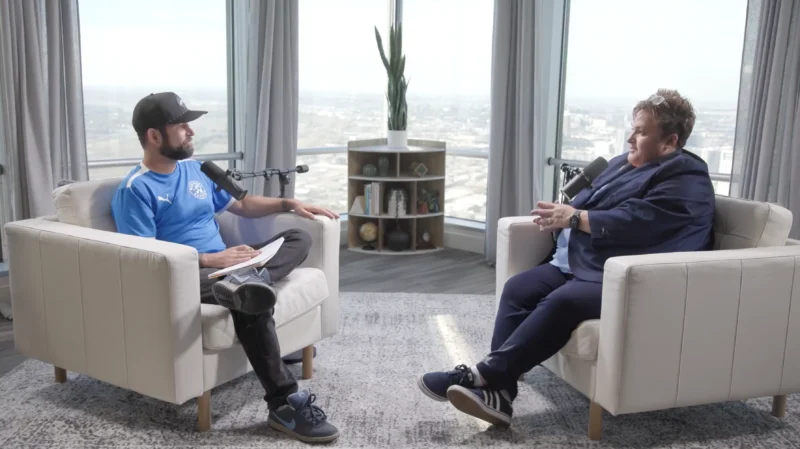With Millions of Passengers to Protect Every Day, How Does the Federal Aviation Administration Get the Job Done?
For many of us, airline travel is almost as ordinary as driving a car. In fact, the Federal Aviation Administration (FAA) handles more than 45,000 flights a day and over 16 million flights per year in the United States. How, exactly, does the FAA regulate so many flights and help ensure safety for the more than 2.9 million passengers who fly every day?
On today’s episode of Are We There Yet?, Host Grant Harrell speaks with Alex R. Muñoz, Front Line Manager – Airworthiness, for the Federal Aviation Administration (FAA), to discuss some of the responsibilities of the FAA as well as common misconceptions individuals may have about the administration.
Harrell and Muñoz also discussed…
- How Muñoz overcame obstacles he faced growing up to get to where he is now
- Recent changes in the aviation industry and how the FAA interacts with stakeholders
- How the FAA directly contributes to safety for airlines and customers
Muñoz explained some misconceptions about the FAA and what their true purpose is. “Let’s change the culture. The FAA is not the big, bad wolf that is just there to be there when you make a mistake, to give you sanction or a violation…We took an oath to provide that higher level of safety, higher level of education. And I think that it really starts with that mindset of changing people’s perspective, but it’s done by education…How can we relate to each other to where we have that common goal?”
Alex Muñoz is Front Line Manager, Airworthiness, for the FAA and has over 20 years of experience in the aviation industry. Muñoz has a Bachelor of Technology in Avionics Maintenance Technology/Technician from George T. Baker Aviation School, an Associate’s degree in Business Administration and Management from Florida State University, and a Bachelor’s degree in Aviation Maintenance and Management from Embry Riddle Aeronautical University-Worldwide.




